World Wetlands Day 2019 - reasons for hope in the Pantanal
02/02/2019 in Conservation
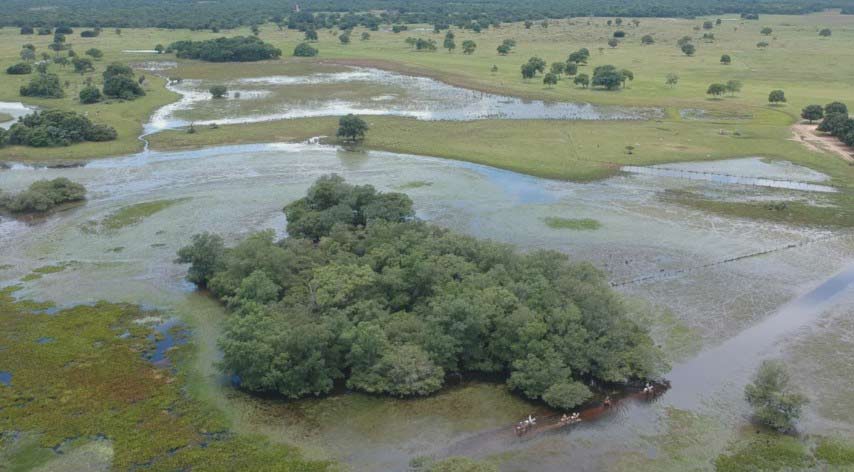
Above: The Pantanal region in Brazil is the world's largest tropical wetland
Like many places throughout the world, the current political climate in Brazil is uncertain, and more than ever I feel we need to focus on grassroots efforts, community engagement and communication with stakeholders. Like a mantra, I keep repeating to myself that more than ever our conservation work matters… and thankfully we also have reasons to stay hopeful. I want to share two such recent events that make me feel hopeful, before going on to share some updates from the field.
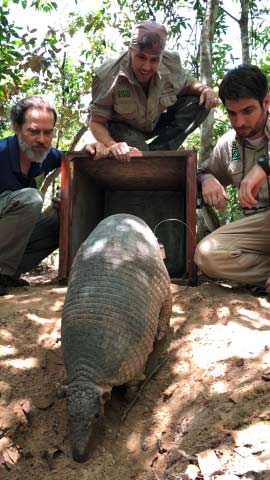
An action plan for giant anteaters and giant armadillos
In November we were invited, by the former Brazilian government, to create a National Action Plan for the giant anteater and giant armadillo. This meeting was many months in the making, and brought together members of our team, several leading Xenarthra (armadillos, sloths and anteater) specialists, and organisations. During the meeting we evaluated the National Red list for all species of Xenarthra in Brazil and I was delighted to see that our research data changed some of the key assumptions previously made about giant armadillos during this process. The status of both of the species we focus on, the giant armadillo and the giant anteater, continue being listed nationally as Vulnerable to extinction and a total of 8 conservation objectives and 31 actions were created by the group. Although the results of the recent election mean there is a chance the plan will not be formally recognized, the process still brought together many interested parties, and resulted in a clear vision of what needs to be done. We have many responsibilities within the plan, and we will do everything we can to make them happen.
Public schools celebrate giant armadillos
In December, public school teachers from 20 schools and some of their students put together a beautiful event for the Giant Armadillo team. They showcased their work over the last two years learning about giant armadillos and the biodiversity in our state as a result of the outreach materials we provided. I cannot begin to describe how impressed I was with quality, diversity and beauty of the presentations, artwork and crafts created. It was so inspiring to see these kids share what they had learnt about giant armadillos and incredible to see what the teachers had created. These teachers are my heroes. I felt such a profound sense of gratitude towards them for their unbelievable dedication. The event was a great example of the far-reaching impact our work is having. Now that we have hired an educator, we hope to achieve even more. Andreia has many new ideas on how we can expand this work to the whole state in both small cities and rural areas. I really believe this grassroots efforts to engage teachers and their students will have a positive long term impact on biodiversity conservation.
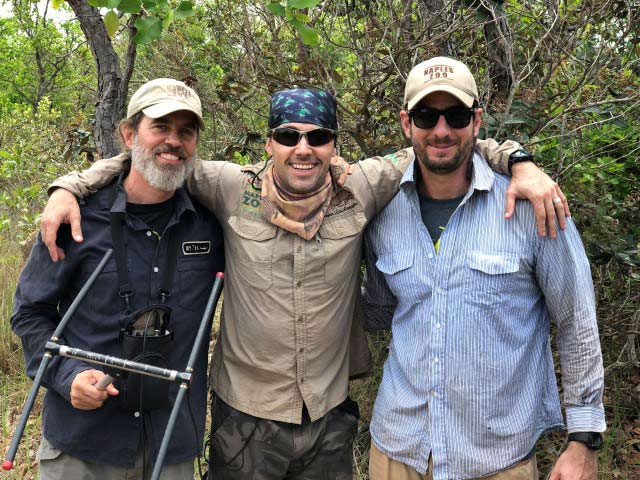
Above: The original team from left to right - Arnaud, Danilo and Gabriel
News from the field
In October, Gabriel Massocato (Project biologist), Danilo, myself and veterinarian Trainee Mateo Silva set out for the field. One of the highlights of this expedition was finding Emanuel, a male giant armadillo that had eluded us for 10 months!. He is healthy and well, but was almost impossible to locate. His home range is insanely large, too big to explore in a single day. Since he can cover a great distance during the night, finding him is a huge challenge, but thankfully we were able to finally fit him with a GPS device. A female called Mafalda was also fitted with a GPS and the initial data suggests that she seems to be expanding her home range. Unfortunately, during a more recent expedition we were not able to retrieve that GPS signal and believe it must have failed or have broken. This is very frustrating because this was the second time in a row that a GPS unit fitted on her has failed. What she doing with them? Why and how is she breaking them? All the other individuals were monitored and are doing well.
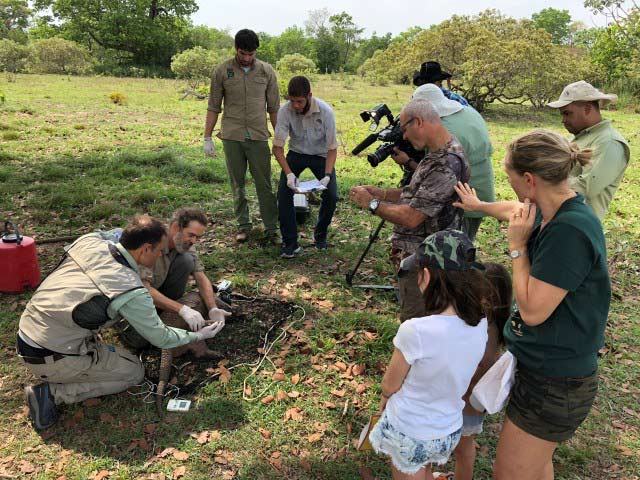
Above: The team had many visitors joining them on their recent expeditions, include a TV crew for a national nature programme.
During these expeditions, we received many visitors. We had a group of senior mammal watchers, a TV crew for a national nature programme and guests from the Embassy of Taiwan in Brazil. They were such a delightful group of passionate people. It is wonderful to share the experience of being with a giant armadillo with others.
December is usually my favorite expedition of the year as my wife Pati and I go to the field together with our kids. However, this year the rainy season started early in November and the flood plains have since lived up to their name. Pati had to cancel her expedition and we had to hire a plane to take us to and back from Baia das Pedras. I hate flying in small planes. I love the view, but feel so nauseous I find the whole experience a real challenge. Our only goal during that week was to retrieve camera traps and GPS units fallen from animals. We had to do this by tractor, horse and foot! I was a bit disappointed when we retrieved our cameras in Isabelle’s territory not to have any pictures of her or her offspring Tim. However due to the floods this year we did not have many occasions to place camera traps and most of our cameras are being used in the Cerrado. Over all it was a fun and relaxing expedition with no long waits at night in burrows and the Pantanal is beautiful when it is flooded.
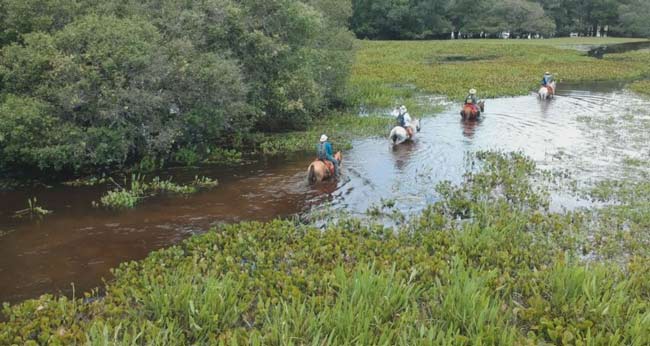
Above and below: Travelling by horseback and tractor in the flooded Pantanal
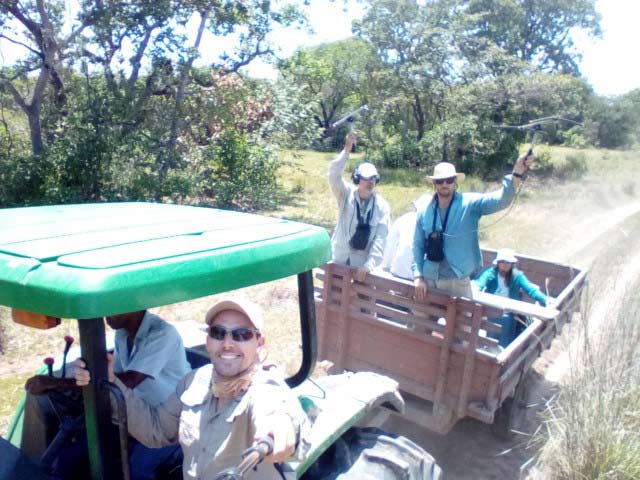
We have lots of exciting plans for the giant armadillo project over year ahead. in the Pantanal testing new GPS units that will measure activity and take data points every 5 minutes (what do giant armadillos do during the day?), in the Cerrado growing the Armadillos and Honey project, expanding our work in the Atlantic forest to a new study area and most importantly many new education initiatives with schools and stakeholders.
More than enough reasons to be hopeful for the year ahead!
Arnaud
Below: The natural beauty of the world's largest tropical wetland, the Brazilian Pantanal
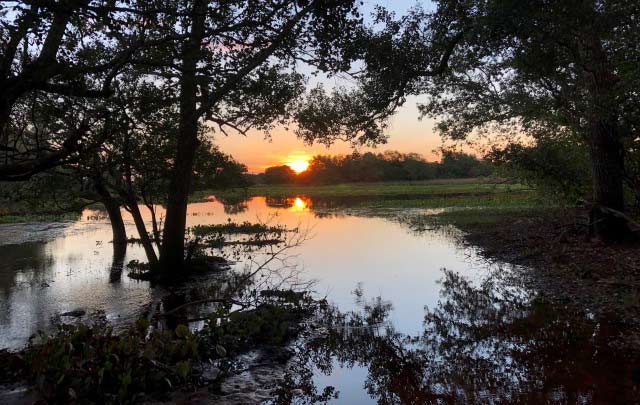
Get involved - help support our work by becoming an RZSS member!
Join a growing community of nearly 30,000 individuals who are not only helping to support our conservation work but also enjoy a range of benefits such as unlimited entry to our two parks.
Featured Articles

An update from the Budongo Forest
19/04/2024 in Conservation

Edinburgh Zoo named best zoo in Scotland
15/04/2024 in Edinburgh Zoo

























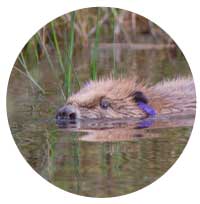
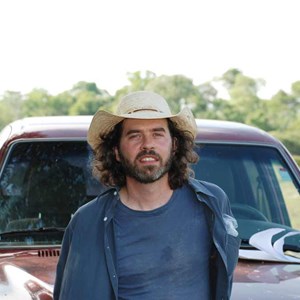
Follow EZ